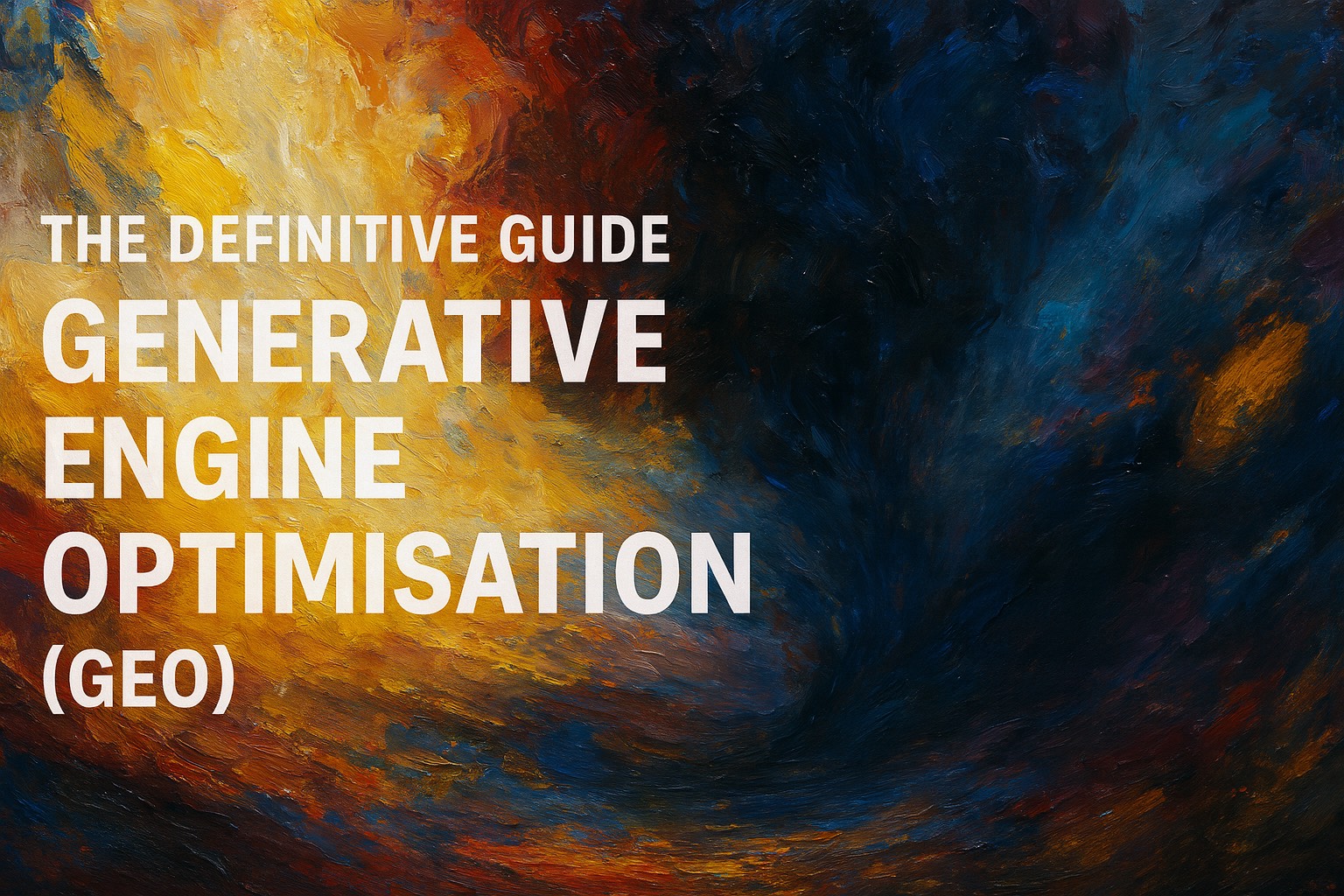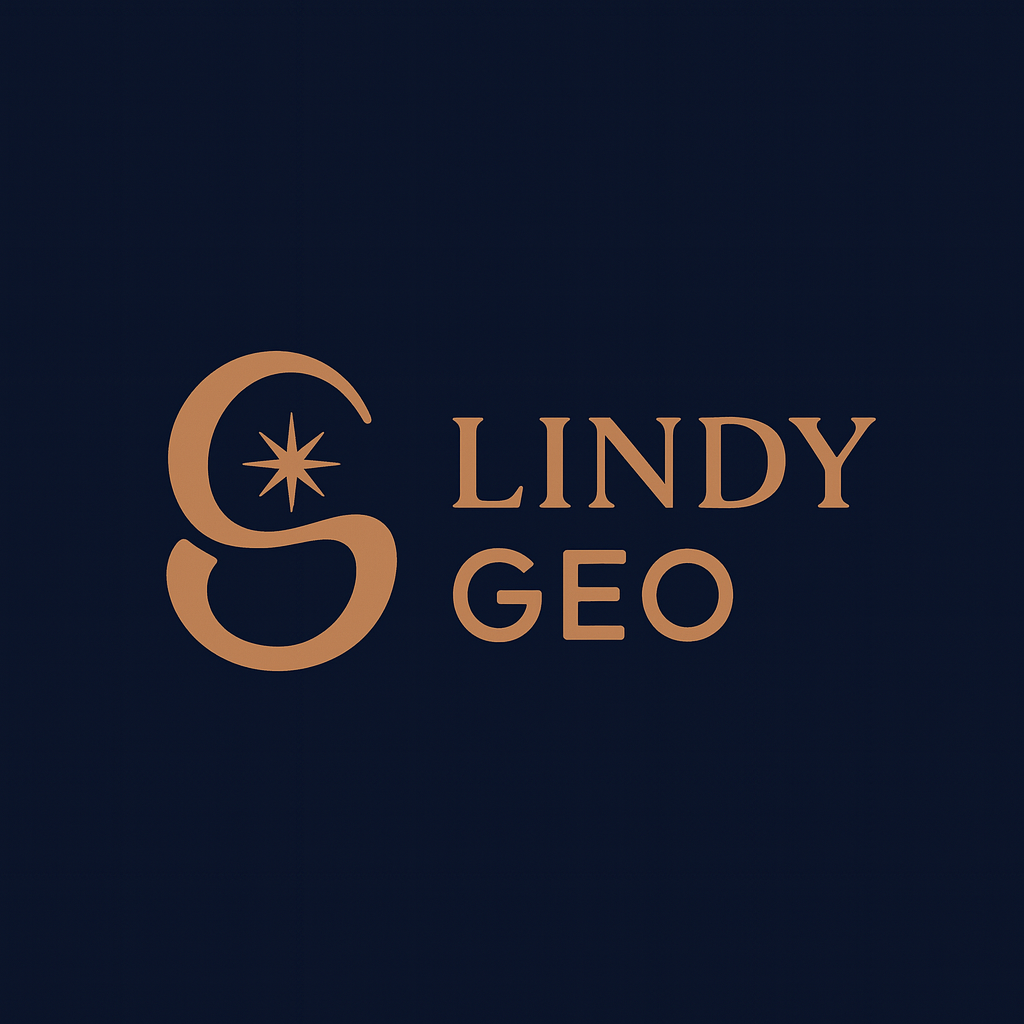
AI Search Optimisation (ASO): The Definitive Playbook for 2025 and Beyond
Welcome to the new frontier of digital visibility. For over two decades, Search Engine Optimisation (SEO) was the undisputed playbook for being found online. But the ground is shifting. The rise of powerful Large Language Models (LLMs) like Google's AI Overviews, ChatGPT, and Perplexity is changing how we seek information. We are entering the era of AI Search Optimisation (ASO), a new paradigm driven not by links, but by language. This guide will serve as your definitive resource for understanding and mastering AI Search Optimisation (ASO) in the Indian context and beyond.
What is AI Search Optimisation (ASO)? A Shift from Links to Language Models
At its core, AI Search Optimisation (ASO) is the practice of optimising your content and brand presence to be favorably included and cited as a source in the answers generated by AI models.
Traditional SEO focuses on achieving a high rank on a search engine results page (SERP). AI Search Optimisation (ASO), on the other hand, aims for a more profound outcome: becoming part of the AI-generated answer itself. It's the difference between being a book on the library shelf and being the expert quoted directly in the librarian's explanation. This shift moves the goal from visibility in a list to authority within a conversation.
Ready to position your brand as the authoritative voice in AI-generated answers? Discover how Lindy GEO can help you master this new paradigm.
The Fundamental Shift: Comparing Traditional SEO and AI Search Optimisation (ASO)
While they may sound similar, SEO and AI Search Optimisation (ASO) operate on different principles. Traditional search was built on links and keywords. AI Search Optimisation (ASO) is built on language and context.
SEO vs AI Search Optimisation (ASO): Key Differences
- SEO's Focus: Optimising for keywords, building backlinks, and improving technical site health to rank high on a results page. Success is measured in rankings and click-through rates.
- AI Search Optimisation (ASO)'s Focus: Optimising for clarity, semantic relevance, and demonstrated authority to be retrieved and referenced by an LLM. Success is measured in reference rates—how often your content is used as a source.
As user behaviour changes, so must our strategy. Queries are becoming longer and more conversational (averaging 23 words vs. 4 in traditional search), and user sessions are deeper and more context-rich. AI Search Optimisation (ASO) is the response to this evolution.
Why SEO Still Matters: The Gateway to the AI's Retrieval Set
It's crucial to understand that AI Search Optimisation (ASO) does not replace SEO. Rather, it builds upon it. SEO is now the gateway to being considered for AI Search Optimisation (ASO).
Modern generative systems often use a process called Retrieval-Augmented Generation (RAG). When you ask an LLM a question that requires current information, it doesn't just rely on its training data. Instead, it performs a web search (ChatGPT, for instance, uses Bing) to find relevant, high-quality sources. The LLM then retrieves content from the top-ranking pages and synthesizes it into a new, comprehensive answer.
This means if your content doesn't rank well in traditional search results, it's unlikely to even be in the AI's retrieval set. You must win at SEO to even have a chance to play in the AI Search Optimisation (ASO) arena.
The AI Search Optimisation (ASO) Process Explained: From User Prompt to AI Citation
Understanding the mechanics of AI Search Optimisation (ASO) is key to optimising for it. Here's a simplified breakdown of the process:
- User Prompt: A user asks the LLM a query. This is often a complex, conversational question.
- Subquery Generation: The LLM breaks down the longer query into smaller, searchable subqueries to identify the core keywords and intent.
- Retrieval (RAG): If the query requires up-to-date information, the LLM uses a search engine to retrieve relevant, well-structured, and authoritative content from the web index. It often pulls from multiple top results (e.g., the top 5, 10, or 20), not just the #1 spot.
- Injection & Synthesis: The most relevant and clearly written content is injected into the LLM's context window. It prioritises pages with crystal-clear answers, even if they aren't ranked #1.
- Citation & Answer Generation: The LLM generates a cohesive answer, citing different parts from multiple sources to support its points. Your goal is to be one of those cited sources.
How to Be Cited: A Framework for AI Search Optimisation (ASO) Success
Increasing the likelihood of your content being cited requires a deliberate strategy focused on clarity, authority, and structure. Key tactics include:
- Ensuring your site is crawlable
- Having a clear site structure with headings and bullet points
- Using specific data and statistics
- Citing authoritative sources
- Optimising for question-based queries
These foundational elements make your content more "attractive" for inclusion in AI-generated responses.
Beyond Content: The Critical Role of Brand "Findability"
Perhaps the most important long-term factor for Generative Engine Optimisation (GEO) is your overall brand "findability." LLMs are trained on a massive slice of the internet. The more your brand is mentioned across a wide array of high-quality, authoritative sites—mainstream media, niche publications, industry blogs, forums like Reddit and Quora—the more the model learns about you.
This influences its responses both in real-time searches and when pulling from its static training data. A strong, findable brand becomes a trusted entity in the model's "mind."
Building brand authority across the digital ecosystem requires strategic planning. Let Lindy GEO develop your comprehensive brand findability strategy.
Measuring What Matters: From Rankings to Reference Rates
The AI Search Optimisation (ASO) era demands new metrics. We are moving away from solely tracking keyword rankings and towards monitoring brand visibility within AI-generated responses. New tools are emerging to help marketers track their "share of voice" in LLM outputs, analyse sentiment, and understand which sources are shaping the AI's perception of their brand. This is the new competitive intelligence.
The Future of Search: Are You Prepared for the Autonomous Marketer?
The shift to AI Search Optimisation (ASO) is cracking the foundation of the traditional SEO market. As AI-native search engines become more integrated into our daily lives, the ability to influence language models will become the primary objective of performance marketing. AI Search Optimisation (ASO) is the first step towards a future where AI enables an "autonomous marketer," a system that can test, iterate, and optimise brand messaging across multiple channels in real time. The question for every brand and marketer in India and across the globe is no longer just "How do we rank?" but "Will the model remember us?"
Ready to Master Generative Engine Optimisation (GEO)?
The future of search is here, and early adopters have a significant advantage. Don't let your brand become invisible in the age of AI-powered answers.
Lindy GEO specializes in helping brands transition from traditional SEO to comprehensive Generative Engine Optimisation (GEO) strategies. Our approach combines technical optimization with strategic brand building to ensure your expertise becomes the trusted source AI models cite.
Get Your Free Generative Engine Optimisation (GEO) AnalysisQuestions about Generative Engine Optimisation (GEO)? Email us at abhayadityajain@gmail.com
